Welcome to the fascinating world of Maxon BodyPaint 3D! In this guide, you will learn what BodyPaint has to offer and how you can use it successfully. BodyPaint is a powerful tool for painting and texturing 3D models. It has established itself as an industry standard in the film industry and among artists.
This tutorial provides you with a rough overview of the basic functions and potential of BodyPaint, including the differences between the layouts BodyPaint 3D Paint and BodyPaint UV Edit. Let's dive in!
Key insights
- BodyPaint is an essential tool for painting 3D objects.
- Simple objects do not necessarily require BodyPaint for material adjustments.
- Training in UV mapping is crucial before working with BodyPaint.
- There are two main layouts in BodyPaint: BodyPaint 3D Paint and BodyPaint UV Edit.
Basics and Theory
First of all, it is important to understand the basics of UV mapping. UV maps are necessary for applying textures to 3D objects. When working with simple shapes like a sphere or a cube, you can apply the textures without BodyPaint. Start by creating a simple object.
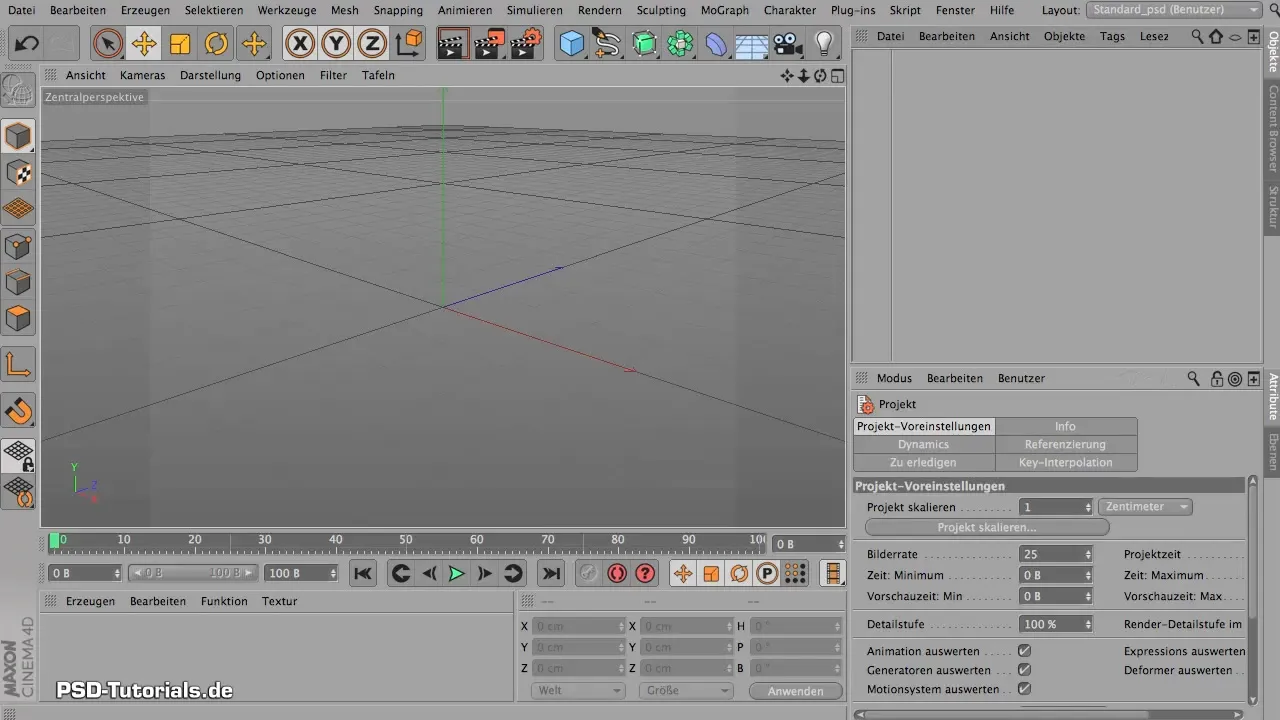
Create a sphere by adding a new sphere in the object menu. Make sure to choose enough segments to distribute the texture evenly.

Now you need to create a new material. Right-click in the material manager and select "New Material". In the material editor, open the color channel and load a texture you created earlier in Photoshop.

Once you have loaded the material, you can simply assign it to the sphere. You will likely notice that the texture is distorted. But don't panic! You can also adjust the material on the sphere without using BodyPaint.
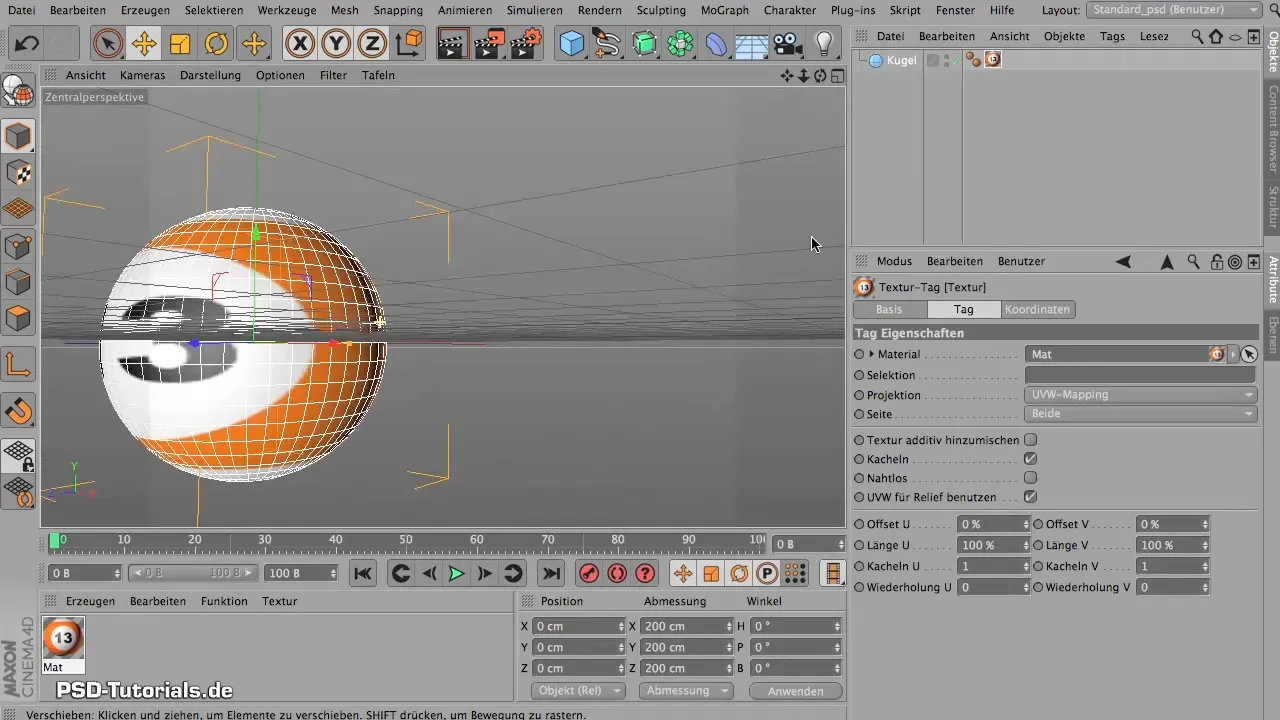
To apply the texture correctly, click on the object and select the tiling options in the material to maintain the aspect ratio. Reduce the tiling if necessary to fit the texture optimally.
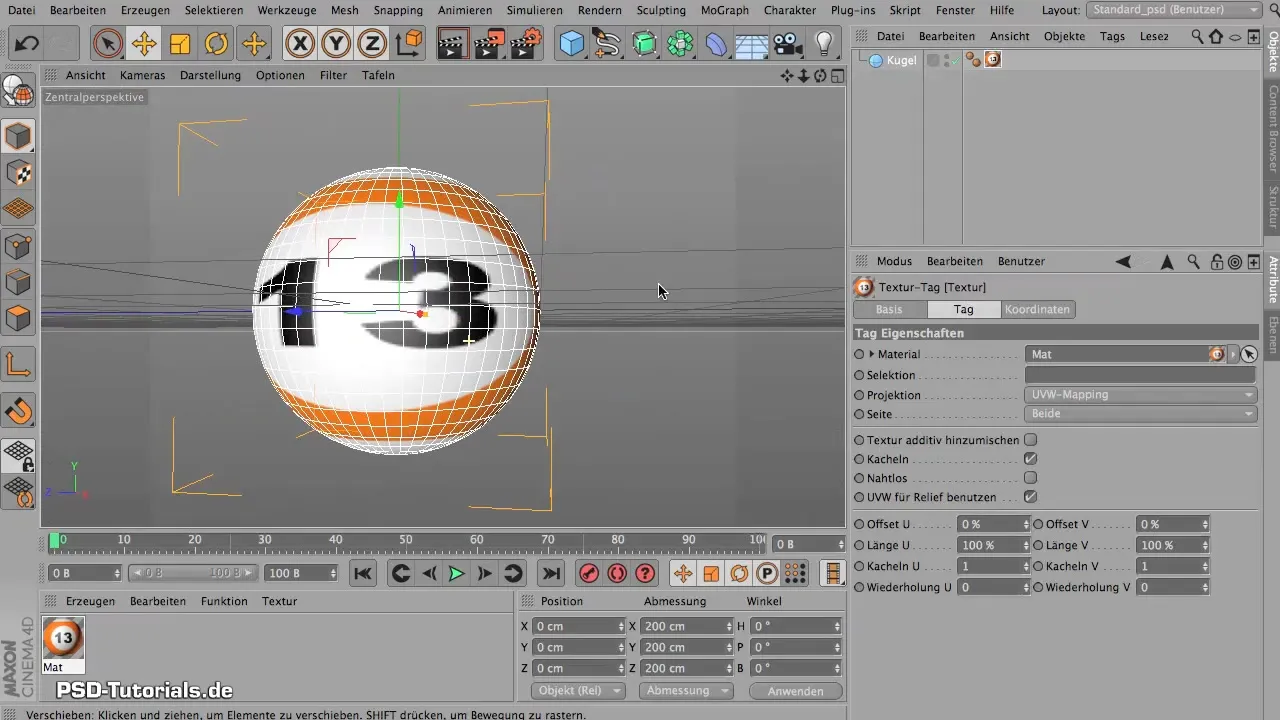
You can repeat these steps for more complex objects. If you have created a square object like a cube, you can also adjust the texture. Here it is important that you convert the cube into a polygon object to select specific sides and apply textures to them.
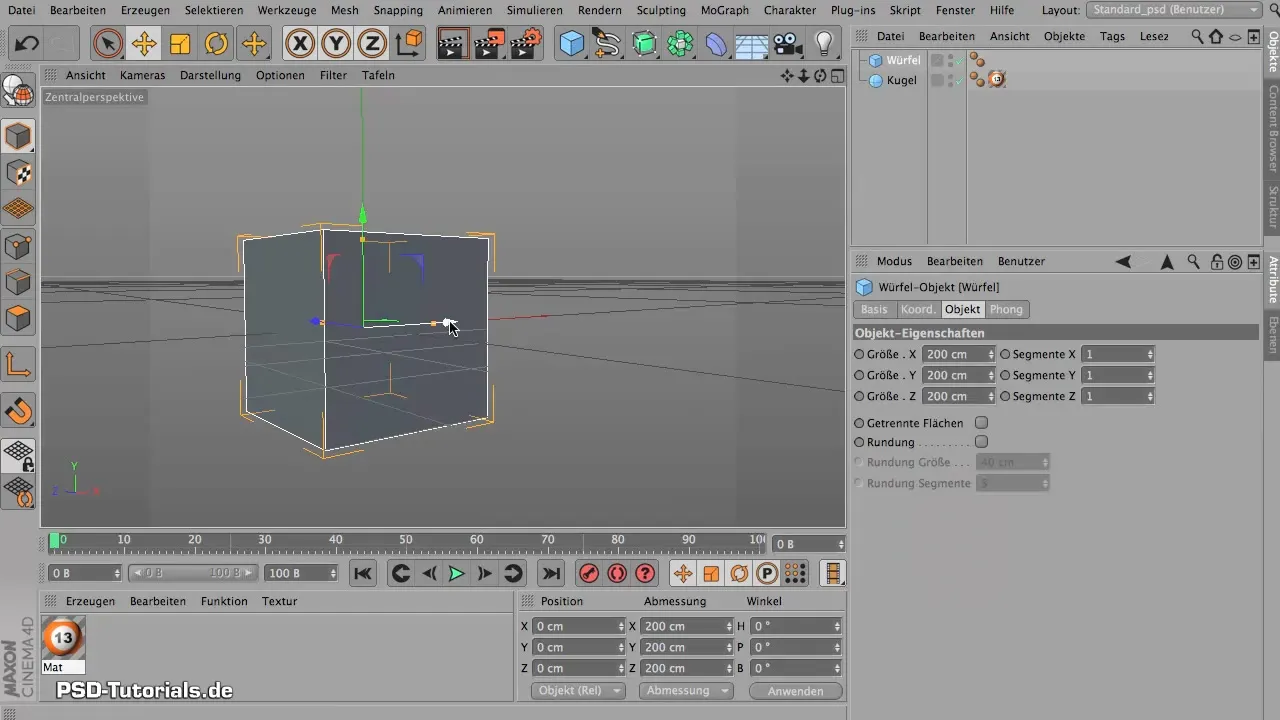
If you only want to select a specific side, you need to split the cube and then specifically select the textures.
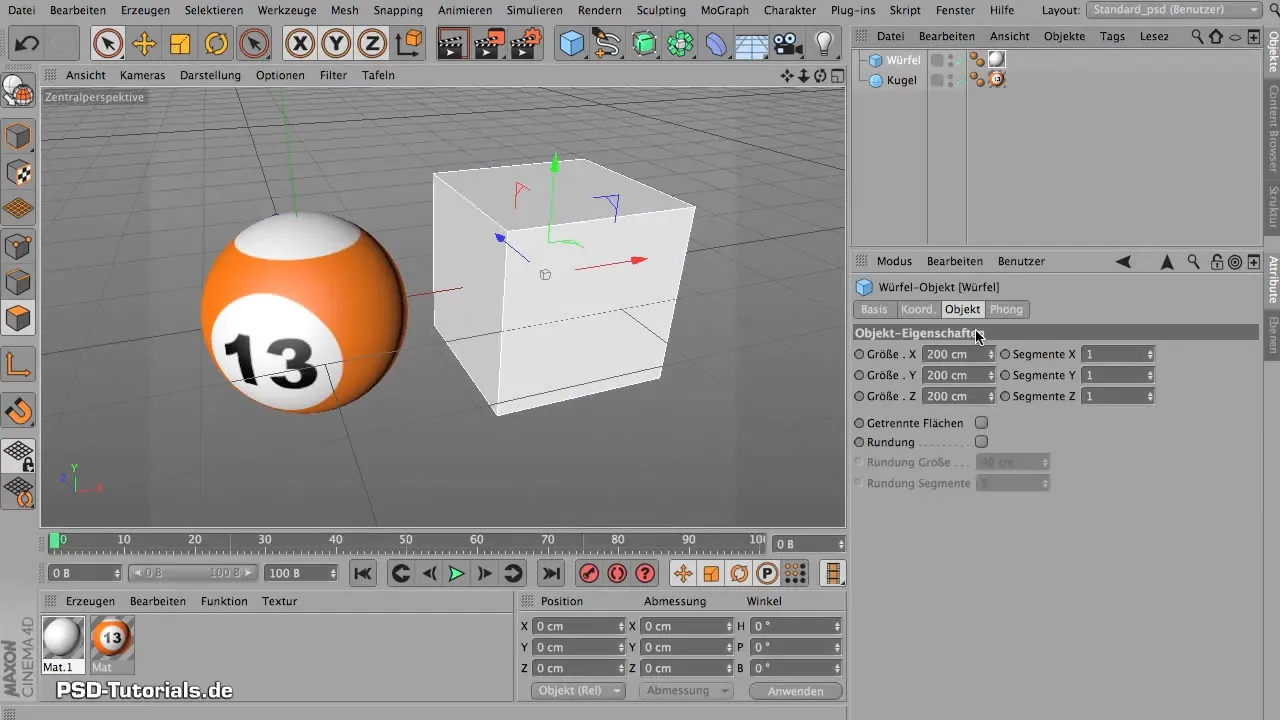
Working with these basic objects shows you that BodyPaint is not always necessary. As long as you work with simple materials on simple objects, you can achieve good results even without BodyPaint.
Finding and Using BodyPaint
Now that you understand the basics of applying materials, it's time to find BodyPaint in Cinema 4D. The BodyPaint interface can sometimes be a bit hidden – especially in older versions. To find BodyPaint, go to the layouts mentioned above.
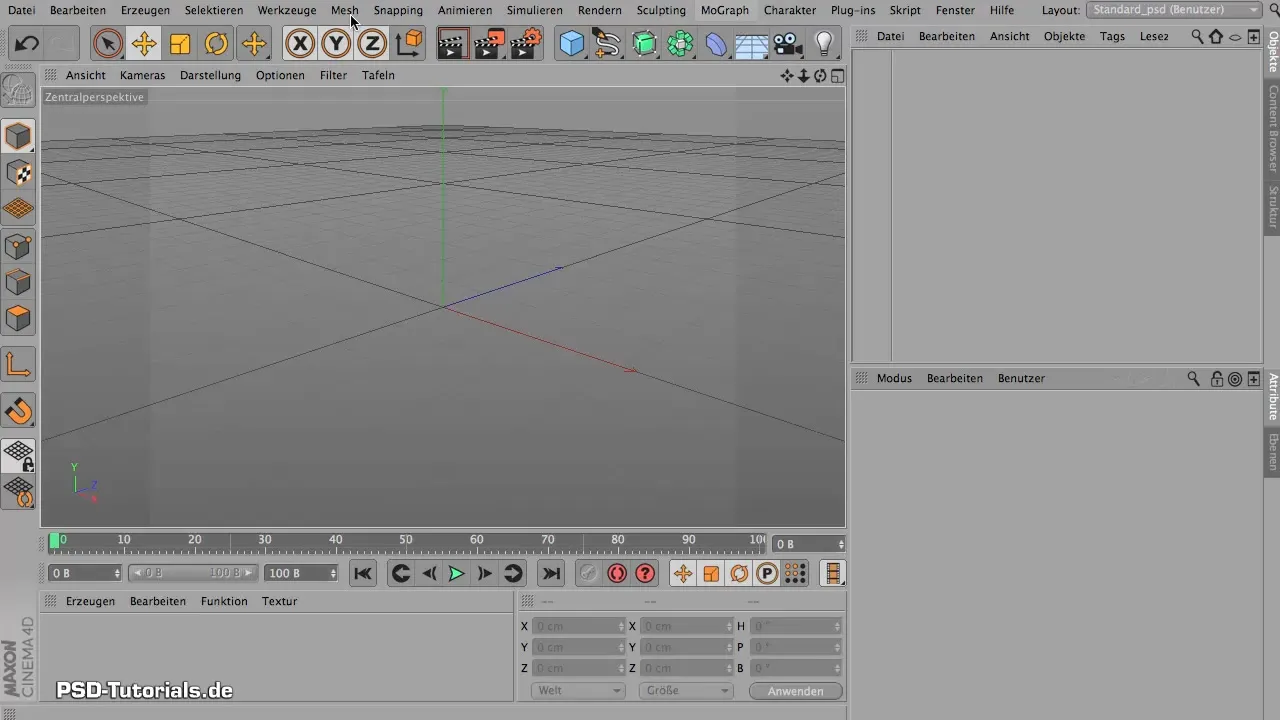
If you have a newer version, you will find BodyPaint under the "Layouts" tab and can choose between BodyPaint 3D Paint and BodyPaint UV Edit. These two layouts are optimized for the type of editing you wish to carry out.
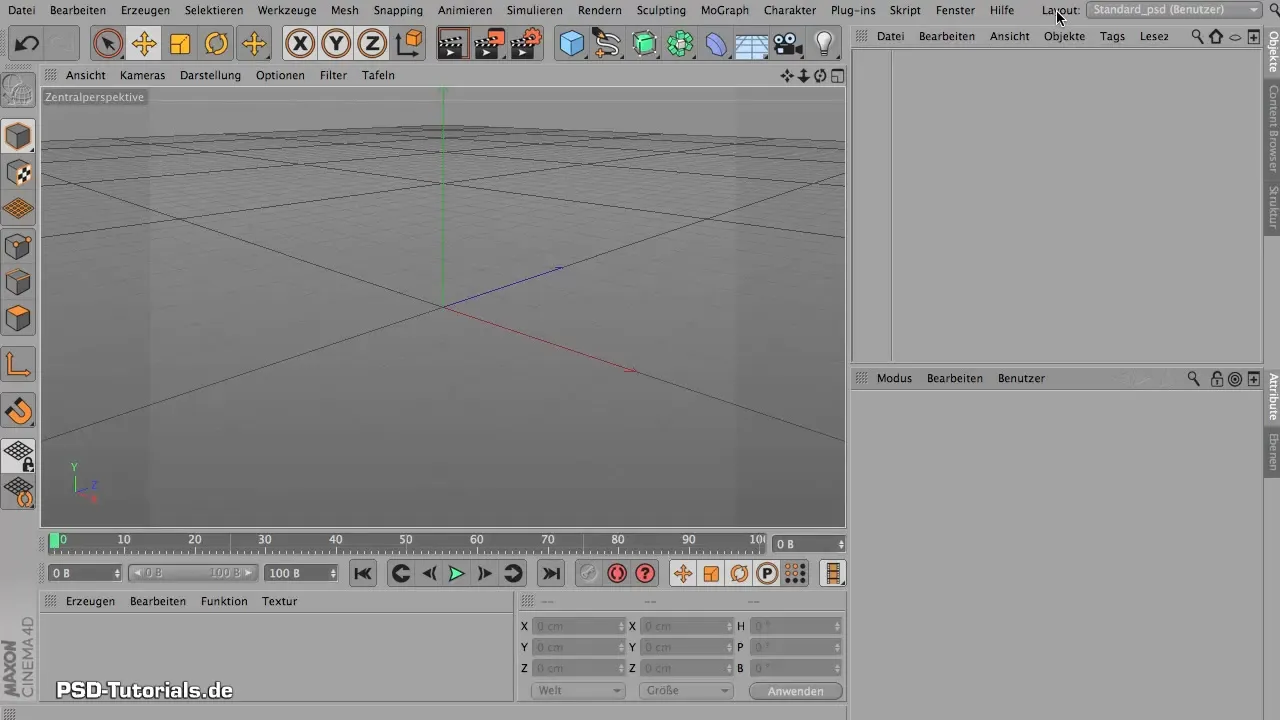
BodyPaint 3D Paint offers you a larger workspace and is ideal when you want to paint the 3D model directly. In the UV Edit view, you can focus on editing the UV maps before you start painting.
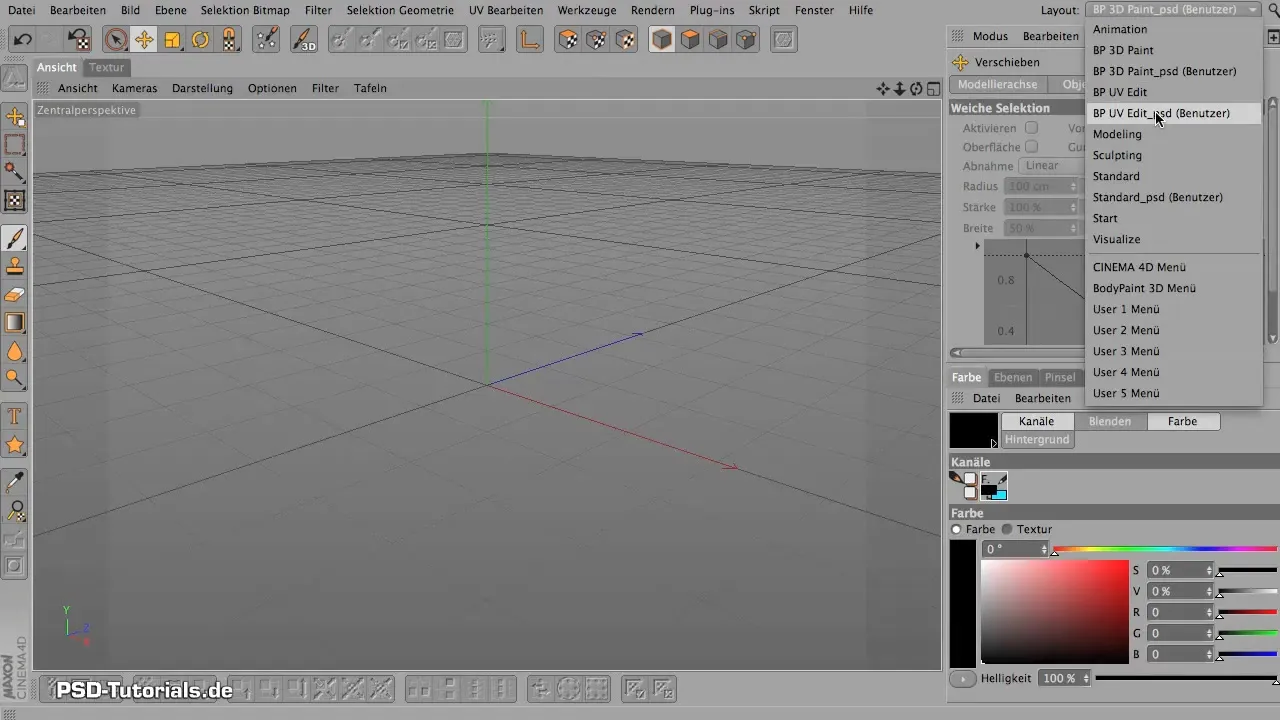
Before you start painting, you should ensure that you have properly unwrapped the UVs of your object. This is usually done in the UV Edit layout so that you know exactly how the textures will be distributed on your 3D model later.
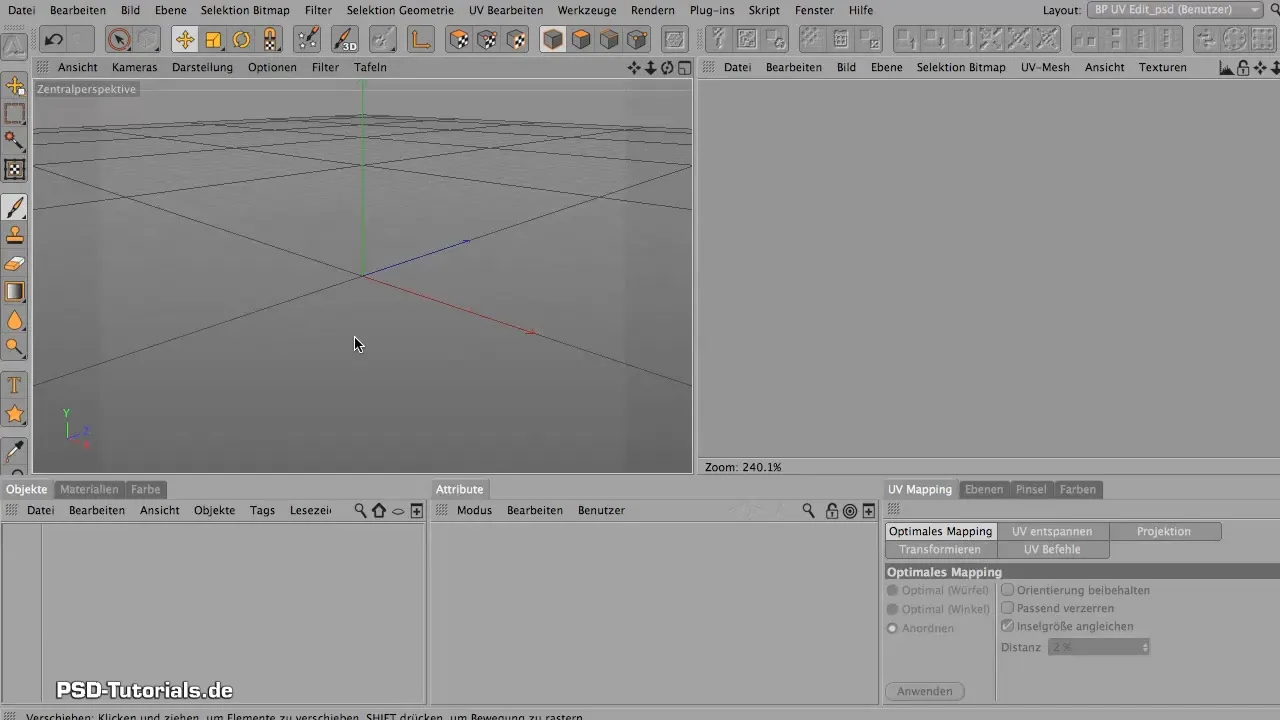
It is important to mention that the layout of 3D Paint and UV Edit do not differ significantly. If you master the basics of UV Edit, the transition to 3D Paint will be easy for you.
Summary – Introduction to Maxon BodyPaint 3D
Maxon BodyPaint 3D is a powerful tool for texturing your 3D models. By mastering the basics of UV mapping and knowing when BodyPaint is necessary, you can significantly enhance your projects. Whether you're working with simple objects or planning complex textures, BodyPaint offers the right tools for every challenge. Therefore, use the knowledge from this guide to expand your creativity when working with 3D models!
Frequently Asked Questions
Where can I find BodyPaint in Cinema 4D?BodyPaint can be found under the "Layouts" tab.
When do I need BodyPaint?BodyPaint is required when you want to apply complex textures to 3D objects.
Can I assign materials without BodyPaint?Yes, simple textures can also be assigned directly without BodyPaint.
Do I need a separate program for BodyPaint?No, BodyPaint is integrated into Cinema 4D, but also available as a standalone version.
Are there differences between 3D Paint and UV Edit?Yes, the two layouts are optimized for different tasks.

